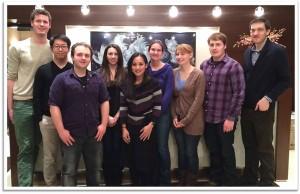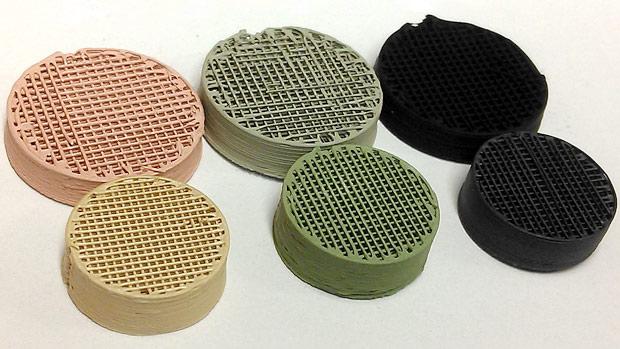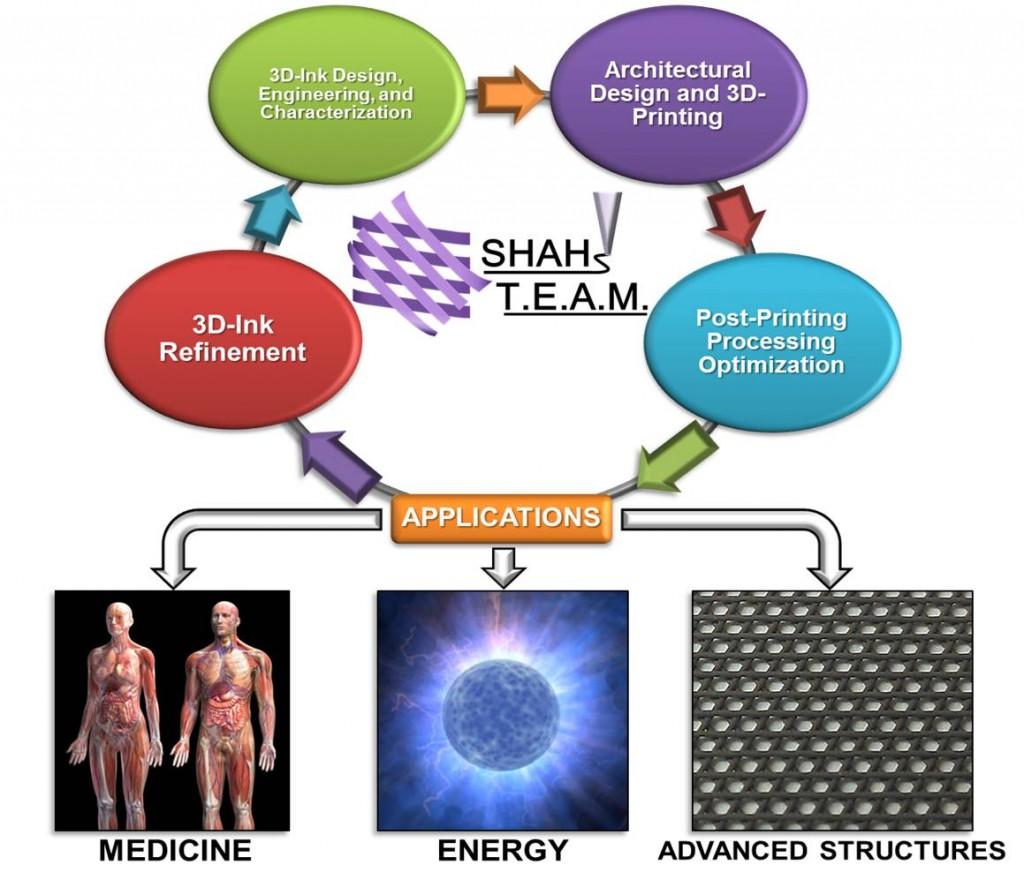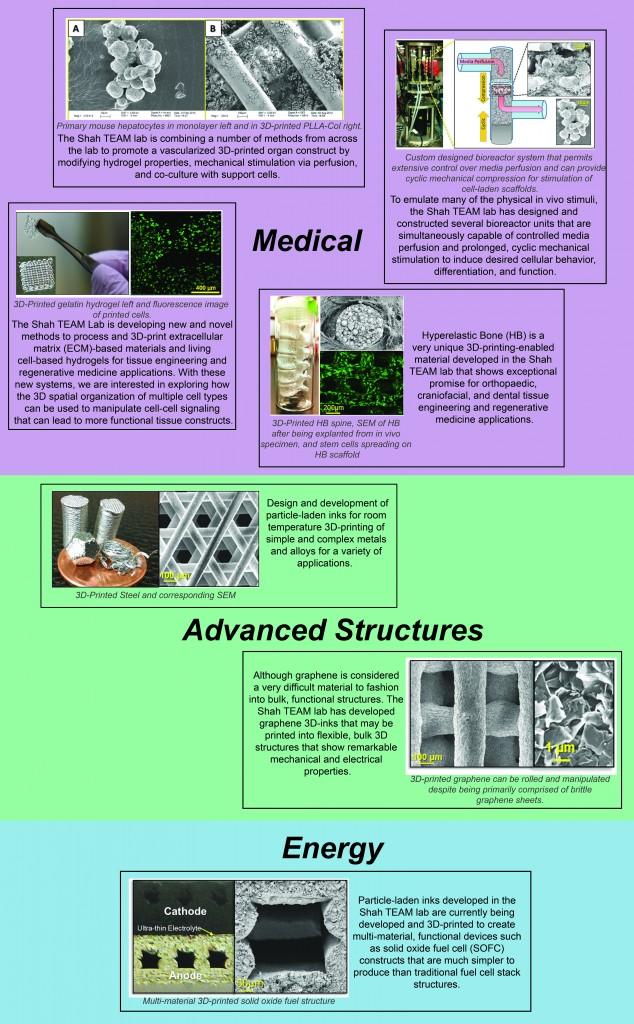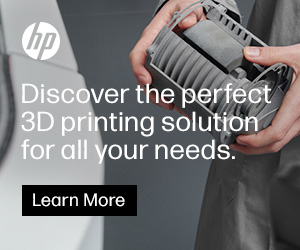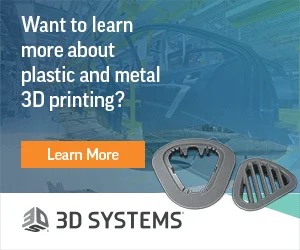For six years, I worked as an editor/analyst in an industry research company — I read about almost every global industry’s production and demand backcasts and forecasts and can still recite annual growth rates for more products than I’m really comfortable admitting. (I don’t think I’ll ever forget just how quickly demand for beer in China is growing, among other not-necessarily-helpful tidbits.) One of the biggest pieces of news in research is fuel cells, which comprise one of the 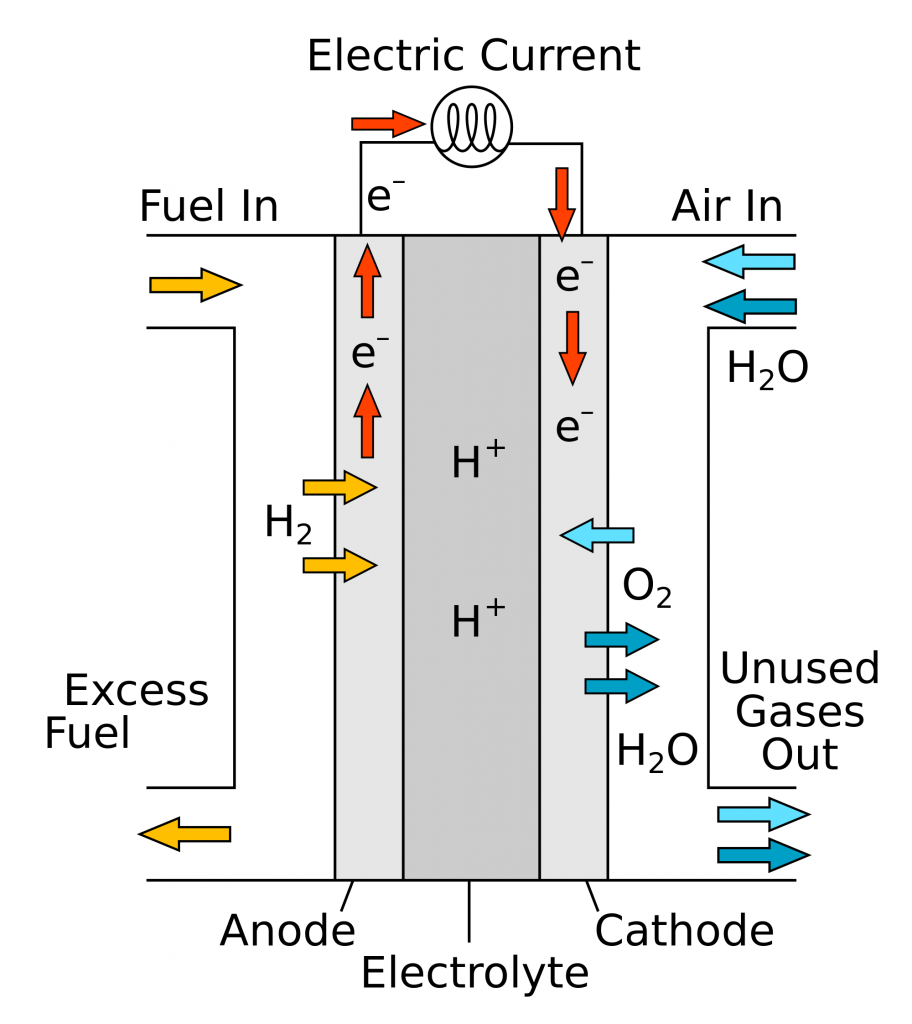 fastest growing sectors in the global energy field. These impressive pieces of technology could, with further development, become the Next Big Thing in energy generation, maybe even revolutionizing how some everyday technologies are created. Fuel cells convert chemical energy into electricity, and can be used to power everything from vehicles to large structures to submarines.
fastest growing sectors in the global energy field. These impressive pieces of technology could, with further development, become the Next Big Thing in energy generation, maybe even revolutionizing how some everyday technologies are created. Fuel cells convert chemical energy into electricity, and can be used to power everything from vehicles to large structures to submarines.
The technology still needs further R&D before fuel cells become ubiquitous, but it’s on its way. While the first fuel cell was designed in 1838, the technology has not yet reached sufficient efficiency to supplant other energy generating devices, like batteries. And as so often happens, two fast-developing areas of the high-tech world are beginning to converge. 3D printing is now being explored for use in fuel cell manufacture.
The Shah Group Tissue Engineering and Additive Manufacturing (TEAM) lab, led by Dr. Ramille Shah, is working on new fuel cell designs that utilize 3D printing with ceramic materials. The designs the researchers are working on could lead to more efficient solid oxide fuel cells. The researchers, who include undergraduate and graduate students and PhD candidates at Northwestern University, have a particular focus in 3D printing materials.
Shah TEAM lab, 2014
“The Shah TEAM lab is a leader in the new and developing field of ‘3D-Printable Materials Development and Characterization’. We develop novel processes for engineering new 3D-inks that greatly expands the variety and functionality of materials that are compatible with the additive manufacturing technique of direct ink writing. An additional focus of the group is defining ‘printability’, or the characteristics that enable a material ink to be successfully 3D-printed into a bulk structure. We also perform characterization, functional testing, and optimization of resulting 3D-printed structures for both biological and non-biological applications (i.e. for tissue engineering and energy applications),” states the Shah TEAM lab’s website.
The Shah TEAM announced some progress this week in Boston, at the Materials Research Society’s Fall Meeting & Exhibit. Adam Jakus, a PhD student who is one of the researchers with Shah TEAM, explained some of the reasoning behind the reserach. “We can get really densely packed particles in the printed structure,” he noted.
Using 3D printing techniques to create ceramic fuel cells offers some strong advantages to the process. Better designs can lead to more efficient function for fuel cells intended to convert a gas into electricity. The fuel cells are created using materials made of ceramic particles, a binder, and several solvents with different rates of evaporation. The balance of the mixture is altered for each of the main components of the fuel cell: the cathode, anode, electrolyte, and interconnects. For example, the researchers utilized yttrium-stabilized zirconia (YSZ) particles to print the electrolyte, and YSZ with nickel oxide for the anode. Iron oxide can be added to some layers in order to stabilize the printing process, as well.
While the materials are printed at room temperature, to finalize the piece it is fired to produce the desired density and smoothness (like one would do for a ceramic vase or other sculpted piece), requiring temperatures up to 1250° C.
Jakus indicated that 3D printing in fuel cell manufacture is a much simpler and more advanced process than traditional techniques. Additionally, and importantly, 3D printing can create shapes not possible via traditional subtractive manufacturing methods. Flat sheets can be folded, rolled, or otherwise formed into more unique specialized shapes prior to the ceramic material being fired.
The use of 3D printing once again pulls through for a high-tech application, allowing for intricate designs to be created that can enhance performance and future development opportunities. With further development of the 3D inks used for printing these devices, the researchers hope to continue to improve performance capabilities.
What do you think about using 3D printing to create ceramic fuel cells? Does the Shah TEAM’s work seem to be on the right track? Let us know your thoughts in the 3D Printed Ceramic Fuel Cells forum thread at 3DPB.com.
Subscribe to Our Email Newsletter
Stay up-to-date on all the latest news from the 3D printing industry and receive information and offers from third party vendors.
You May Also Like
Australia’s SPEE3D: The Most American 3D Printing Company
In the additive manufacturing (AM) industry, arguably the most important original equipment manufacturer (OEM) to the US Department of Defense (DoD) right now is SPEE3D, the maker of cold spray...
Woodside and Titomic Deploy Cold Spray 3D Printer to Offshore Gas Platform
Woodside Energy (ASX: WDS) is collaborating with cold spray solution pioneer Titomic (ASX: TTT) to deploy the Titomic D523 System at an offshore gas platform near Karratha, Western Australia. This...
RAPID + TCT 2024: a 3D Printing Industry Oasis in the Heart of an Urban Wasteland
Los Angeles, the worst city on Earth, is a bold choice for the location of an additive manufacturing (AM) industry event. RAPID + TCT 2024 was sited inside the LA...
From Polymers to Superalloys: 3D Printing Materials Unveiled at RAPID+TCT 2024
At RAPID + TCT 2024 in Los Angeles, new materials for 3D printing are being unveiled, featuring exciting innovations in polymers and metals. Highlights include a nickel superalloy for extreme...


